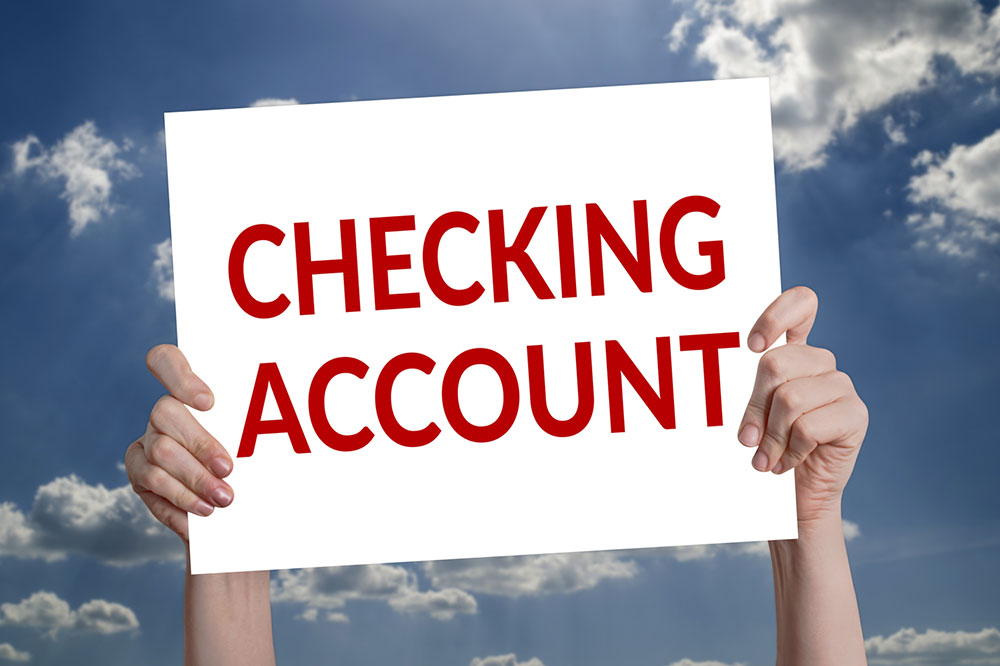
A guide on checking accounts
If you’re looking for a deposit where you can keep your funds in the short term and access them easily, then checking accounts are very crucial. They allow you to deposit and withdraw funds at any time. They usually offer unlimited withdrawals and deposits, though some banks may place a daily limit on the amount, usually ranging between USD 300 and USD 5,000.
Some checking accounts also charge a fee to maintain your account or use the overdraft facility. Depending on the bank, these can be avoided. For instance, if you maintain a minimum balance in your bank account or if you set up direct deposit into your checking account, you might not be charged a monthly service fee. You can also open a checking account with a bank that doesn’t charge a service fee. Similarly, you can save yourself from an overdraft fee by using overdraft protection.
So, how do you decide which checking account is for you? It depends largely on your financial position. Here are a few things to consider.
- How much balance are you going to keep every month?
- What fees are charged by the bank- is there a service fee, a fee for other transactions?
- How much interest are you looking for?
- Your preferences- online or brick-and-mortar, many branches or a single one?
Once you have a checklist in place, you can go to the next step of choosing the type of checking account you would like to open.
Free checking accounts
Some banks charge no maintenance fee and don’t have the minimum balance requirement for their checking accounts. There may be other fees associated with ATMs that are out of the network, overdraft, and foreign transactions. While most banks offering free checking accounts may not offer interest, some do.
Interest-bearing checking accounts
Much like savings accounts, there are a few checking accounts that also provide interest on your balance. The rates might be a little lower than the inflation rate, and in some cases, be close to those offered by savings accounts. Before you lock in on an interest-bearing checking account, you might want to pay attention to the fees. What you earn by way of interest, you might end up paying out as fees.
Regular checking accounts
All that a checking account offers- unlimited withdrawals, deposits, writing a check, and making a transaction – can be accomplished through this checking account. You might have to pay a fee or maintain a minimum balance. You also might not be able to earn interest. So if that’s your motive, then open up a savings account as well.
Premium checking accounts
If you have a large sum of money to keep in a bank account, you may find a premium checking account ideal. For holding such a huge amount, you might receive other perks like no monthly fee and free checks. However, if you are considering a premium account just for the perks, you may also want to look into other financial instruments.
Low-balance checking accounts
These accounts are perfect for those who would like to maintain a small balance. In return for keeping a small amount of money, the bank may not be able to offer you the full range of services.
Checking accounts are good for you if you regularly need to withdraw/deposit funds, write checks frequently, or have a constant outflow of cash from your account. Choosing the right one will depend on your requirements. Also, make sure that the checking account you choose is one that you can use for a longer period because switching can be a time-consuming process.




